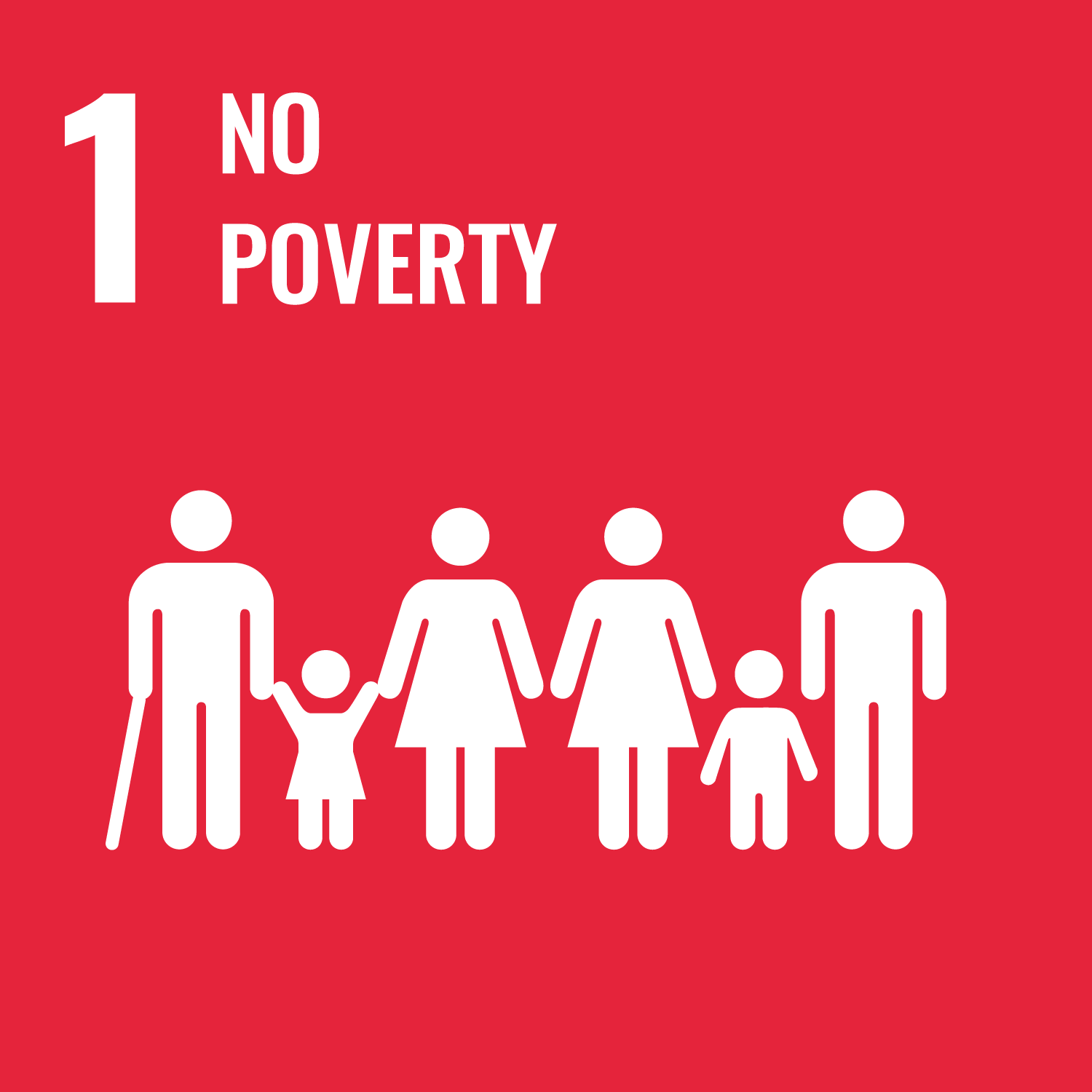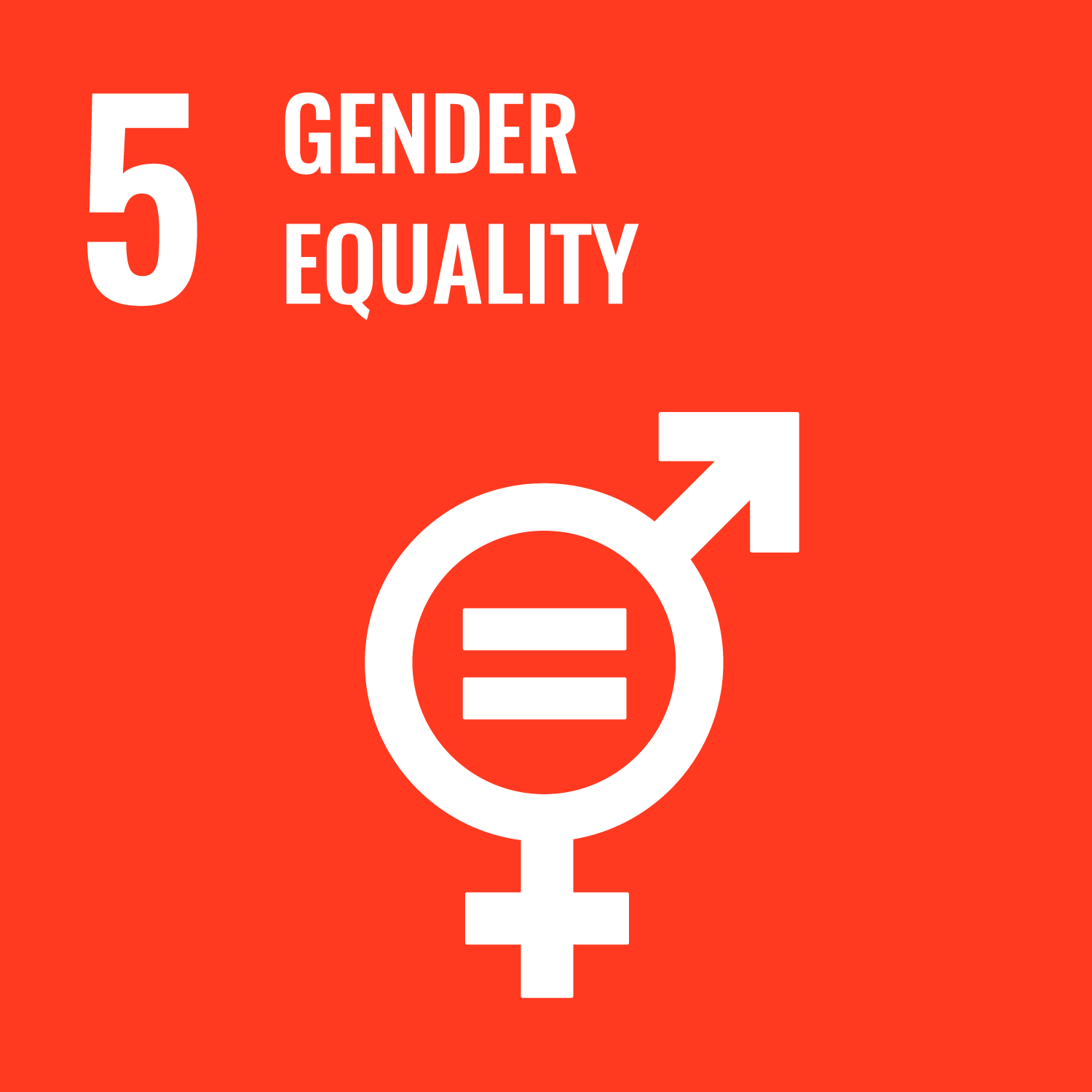This report presents the findings of a study implemented by Blue Diamond Society and The Williams Institute which investigated the experiences and realities of sexual and gender minorities in Nepal. The study draws upon a large-scale survey conducted in the fall of 2013.
The report presents the survey design and research methodology followed by a demographic overview of the sample with specific attention to gender identity, sexual behaviours and attraction. The report then considers how the 2011 law recognising third gender groups has or has not impacted the lives of survey respondents. These experiences are then analysed within a socio-economic framework.
Finally, respondents’ experiences of discrimination and with HIV are presented. The project and resulting report demonstrates that capturing and representing diversity and nuance of sexual and gender diversity is indeed possible.








